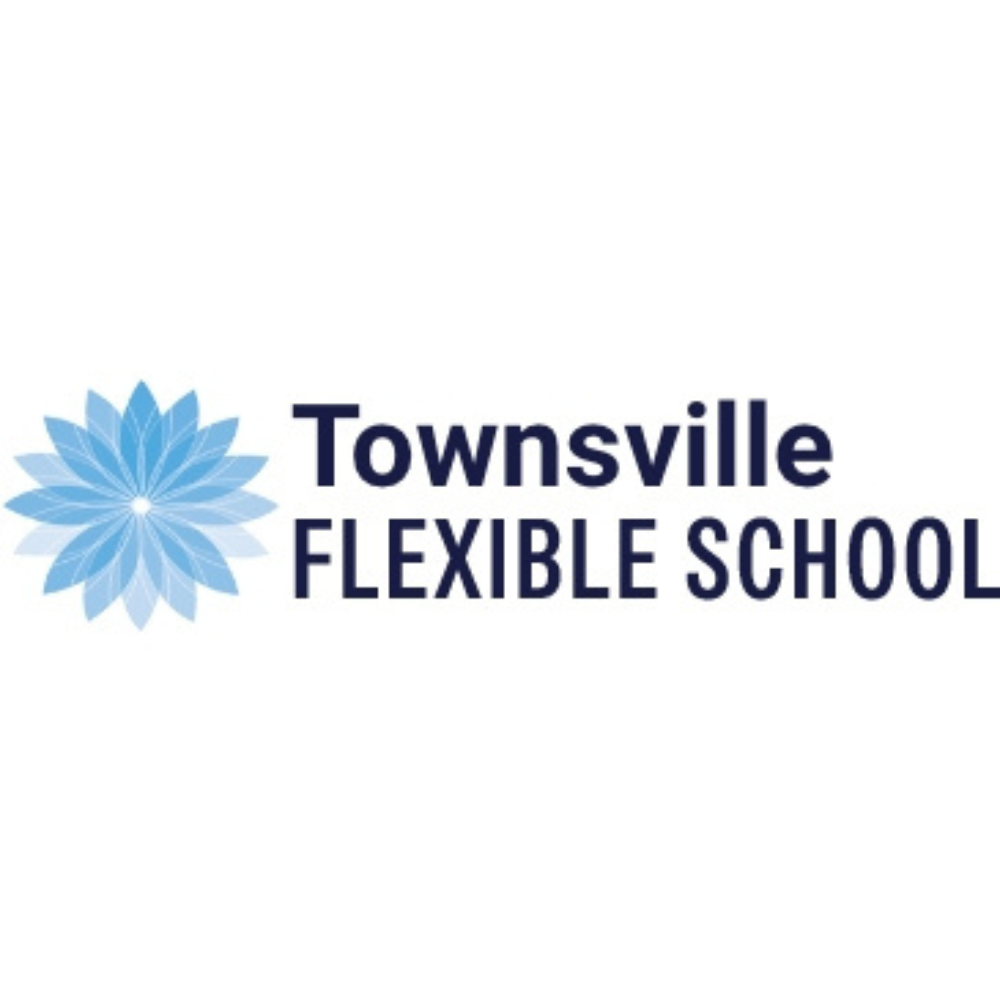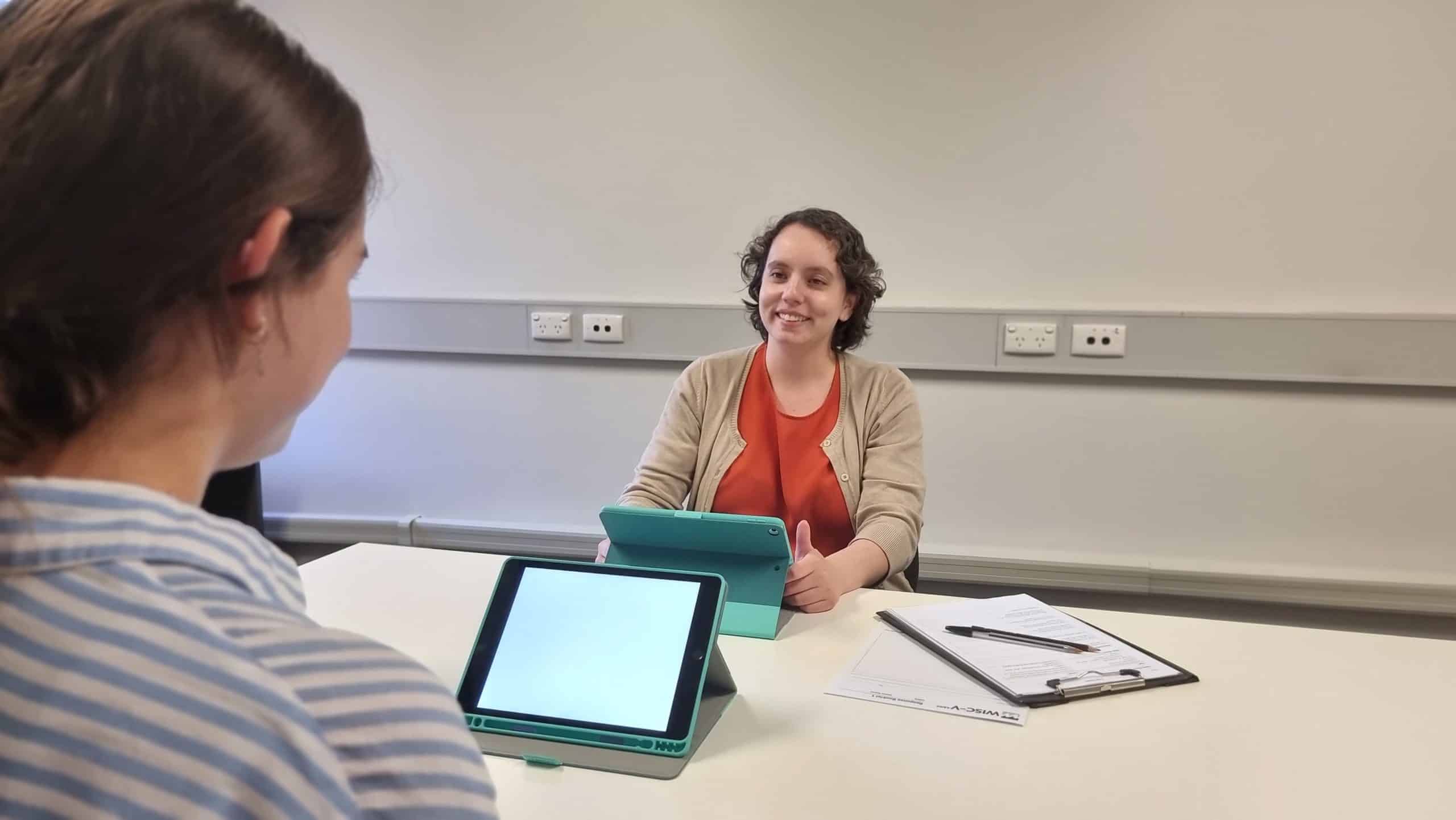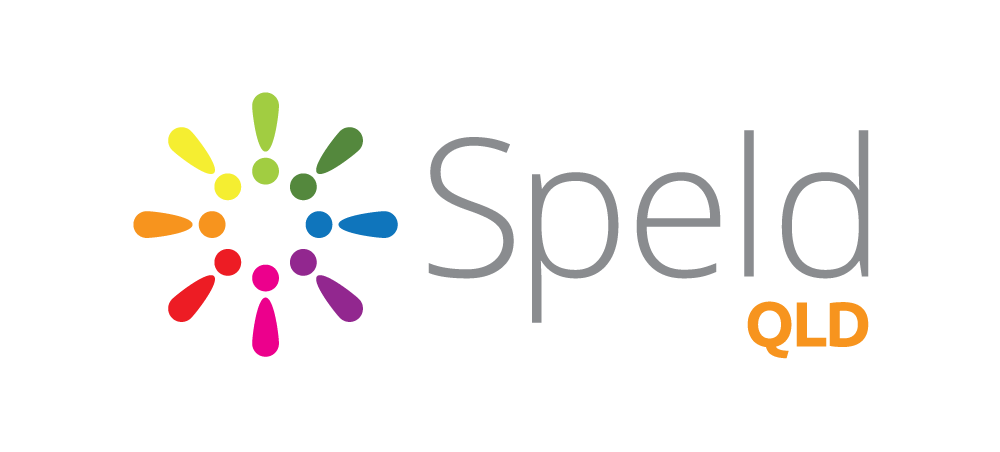(adapted from Emma Derbyshire’s blog: https://www.bera.ac.uk/blog/dyslexia-and-artificial-intelligence)
Most readers are likely familiar with ChatGPT by now. For some, this term evokes hope and excitement, while others may feel apprehensive.
Before discussing ChatGPT's potential applications for dyslexia, let's first define and clarify what ‘artificial intelligence’ (AI) means. According to Britannica (2023), AI is defined as ‘the ability of a digital computer or computer-controlled robot to perform tasks typically associated with intelligent beings.’ However, individuals with dyslexia often find tasks like searching for and extracting information from texts more challenging than neurotypical individuals.
AI has now entered what is referred to as the ‘stage of intelligent cognition’ (Wang et al., 2023), meaning it has the ability to replicate human-like cognitive processes. While this may seem daunting, we can also view it from a different perspective. Consider a classroom of 30 students, each with multiple questions about a topic. Can that one teacher effectively address all those inquiries? This is where AI systems like ChatGPT could be beneficial, allowing students to ask questions and receive responses that deepen their comprehension.
AI could serve as a valuable assistive tool for individuals with dyslexia. Assistive technology, now including AI, can improve the learning experience and create a more supportive environment for those facing dyslexia (Pontikas et al., 2022). When applied correctly, such technology has the potential to offer an added layer of reinforcement, positively impacting learning outcomes (Barua et al., 2022).
Gavin Reid (2009) characterizes dyslexia as: ‘a processing difference, typically evident in challenges with literacy acquisition affecting reading, writing, and spelling. It can also influence cognitive functions such as memory, processing speed, time management, coordination, and automaticity. Individuals may experience visual and/or phonological difficulties, alongside variations in educational achievement. Recognizing these individual differences and learning styles is crucial when planning interventions and accommodations.’
Interestingly, this definition highlights the importance of learning styles, interventions, and accommodations. In our rapidly advancing technological era, AI could act as a vital tool for accommodation and intervention to bolster learning.
‘Providing access to AI for individuals with dyslexia could offer broader benefits, such as enhanced mental well-being, lower anxiety levels, and improved academic engagement.’ Studies from the University of California involving children and adolescents (ages 7–14) with dyslexia indicate that this condition is associated with heightened anxiety, which can negatively affect academic performance (Hossain et al., 2021). Therefore, offering AI tools to those with dyslexia could logically result in improved mental health, reduced anxiety, and greater engagement with education. Although further research is necessary to confirm these outcomes, their plausibility remains strong.
Here are additional considerations:
Viewpoint 1: The Promise of AI for Individuals with Dyslexia
• Serves as a foundational resource for cross-checking and expanding upon information.
• Acts as a basis for revision that fosters deeper understanding.
• Allows for personalized responses to specific inquiries.
• Offers an individualized learning approach, especially beneficial for those who struggle with reading information.
• Simplifies complex concepts, making explanations more accessible for areas where confusion exists, or information is not yet fully grasped.
Viewpoint 2: The Risks of AI for Individuals with Dyslexia
• Users should avoid directly copying AI-generated text and presenting it as their own work.
• AI should not be treated as the sole source for information.
• AI text generation cannot replace established educational strategies that underpin reading and writing.
Guidance is now needed on how to effectively integrate AI within educational environments. Recently, the Joint Council for Qualifications issued guidelines regarding AI use in assessments (JCQ, 2023). They emphasize that, similar to traditional literature, sources generated by AI must be appropriately cited to prevent plagiarism, using examples like: ChatGPT 3.5 (https://openai.com/blog/chatgpt/), date.
While there is currently a lack of comprehensive studies and publications on the intersection of AI and dyslexia, this area is expected to evolve. In the interim, AI may be regarded as another form of assistive technology, providing a supplementary foundation for learning and comprehension. When used and cited correctly, AI could greatly benefit individuals with dyslexia and be advantageous for other students as well.
References
Barua, P. D., Vicnesh, J., Gururajan, R., Oh, S. L., Palmer, E., Azizan, M. M., Kadri, N. A., & Acharya, U. R. (2022). Artificial intelligence enabled personalised assistive tools to enhance education of children with neurodevelopmental disorders: A review. International Journal of Environmental Research and Public Health, 19(3), 1192.
Britannica. (2023). Artificial intelligence. Retrieved June 6, 2023, from https://www.britannica.com/technology/artificial-intelligence
Hossain, B., Bent, S., & Hendren, R. (2021). The association between anxiety and academic performance in children with reading disorder: A longitudinal cohort study. Dyslexia, 27(3), 342–354.
Joint Council for Qualifications [JCQ]. (2023). AI use in assessments: Protecting the integrity of qualifications. Retrieved September 7, 2023, from https://www.jcq.org.uk/exams-office/malpractice/artificial-intelligence
Pontikas, C. M., Tsoukalas, E., & Serdari, A. (2022). A map of assistive technology educative instruments in neurodevelopmental disorders. Disability and Rehabilitation: Assistive Technology, 17(7), 738–746.
Reid, G. (2009). Dyslexia: A practitioner’s handbook (4th ed.). Wiley Blackwell.
Wang, X., He, X., Wei, J., Liu, J., Li, Y., & Liu, X. (2023). Application of artificial intelligence to the public health education. Frontiers in Public Health, 10, 1087174.



